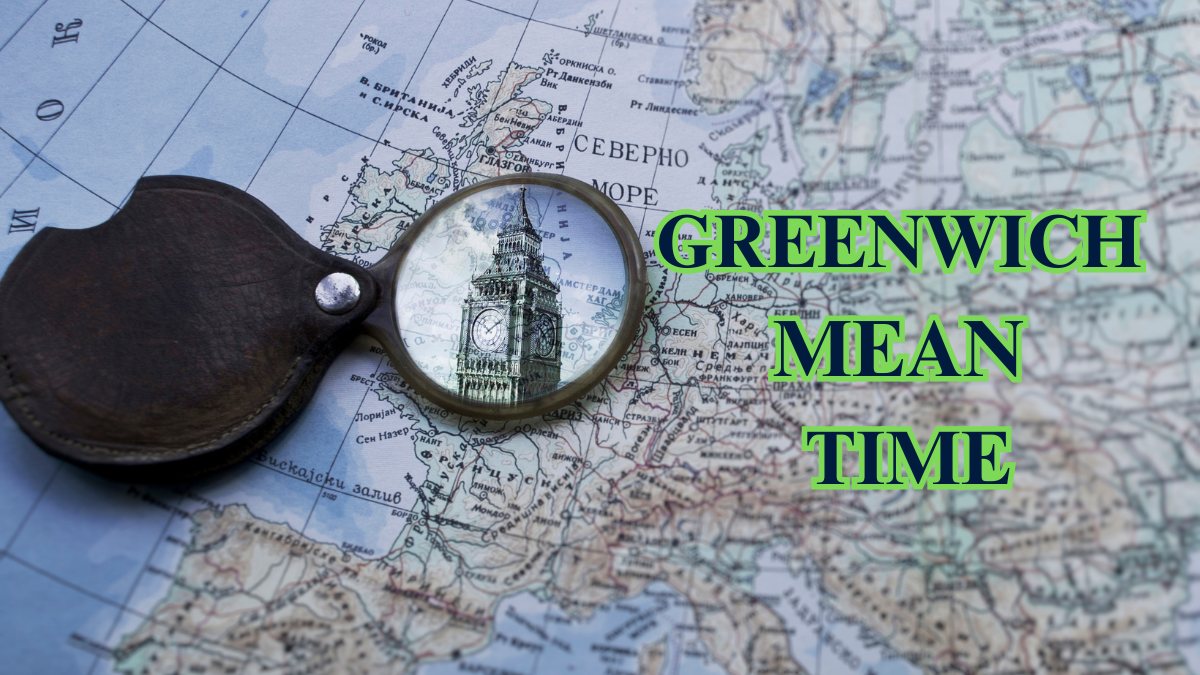Full Form of GMT: When discussing time zones and international time, you may often encounter the abbreviation GMT. It is one of the most widely used time standards across the world. GMT plays a major role in keeping the world synchronised, especially when it comes to travel, communication, and global business.
To understand it better, let’s start from the basics.
Before modern technology made it easy to track time, people relied on the position of the sun to determine local time. However, as transportation and communication improved, a common time reference became necessary. This is where GMT came into existence. It provided a standard time for the entire world to follow, ensuring that everyone, from sailors and pilots to scientists and businesses, could stay on the same page regarding time.
Check out: List Of Countries With The Most Time Zone
What is the full form of GMT?
The full form of GMT is Greenwich Mean Time, which refers to the mean solar time at the Royal Observatory, located in Greenwich, London. This means that it is calculated based on the average time the sun crosses the Prime Meridian at Greenwich. The Prime Meridian is the line that divides the Earth into the Eastern and Western Hemispheres, making it a key reference point for global timekeeping.
History of GMT
The concept of GMT dates back to the 19th century. It was officially adopted in 1884 during the International Meridian Conference held in Washington, D.C. At that time, Greenwich was chosen as the “Prime Meridian” because of its importance in navigation and astronomy. Before that, every country and sometimes even every city had its own local time, which made coordination very difficult. GMT helped establish a uniform time system that was accepted globally.

Importance of GMT
GMT became the foundation for setting time zones across the world. All other time zones are measured as either ahead of or behind GMT. For instance, India follows GMT +5:30, meaning it is 5 hours and 30 minutes ahead of Greenwich Mean Time.
This system allows global coordination in various fields such as:
-
Aviation and Shipping: Helps pilots and sailors calculate travel time accurately.
-
Broadcasting and Media: Ensures that international broadcasts follow a synchronised schedule.
-
Business and Communication: Enables companies in different countries to coordinate meetings and transactions smoothly.
Conclusion
To sum up, GMT stands for Greenwich Mean Time, and it serves as the foundation of global timekeeping. Established in the 19th century, it brought uniformity to the world’s time systems and continues to hold historical and practical significance today. Whether you’re booking an international flight, watching a live global event, or coordinating with someone in another country, GMT helps ensure that everyone stays in sync, no matter where they are on the planet.
Comments
All Comments (0)
Join the conversation